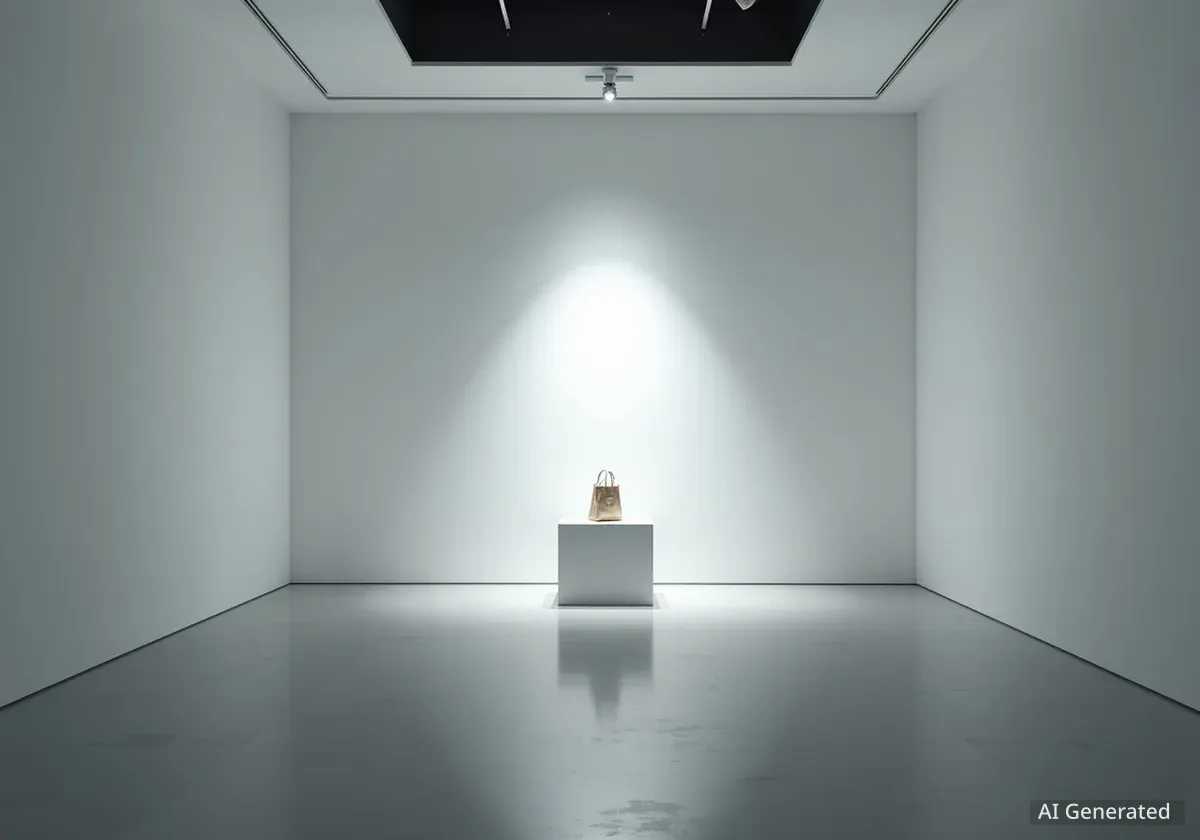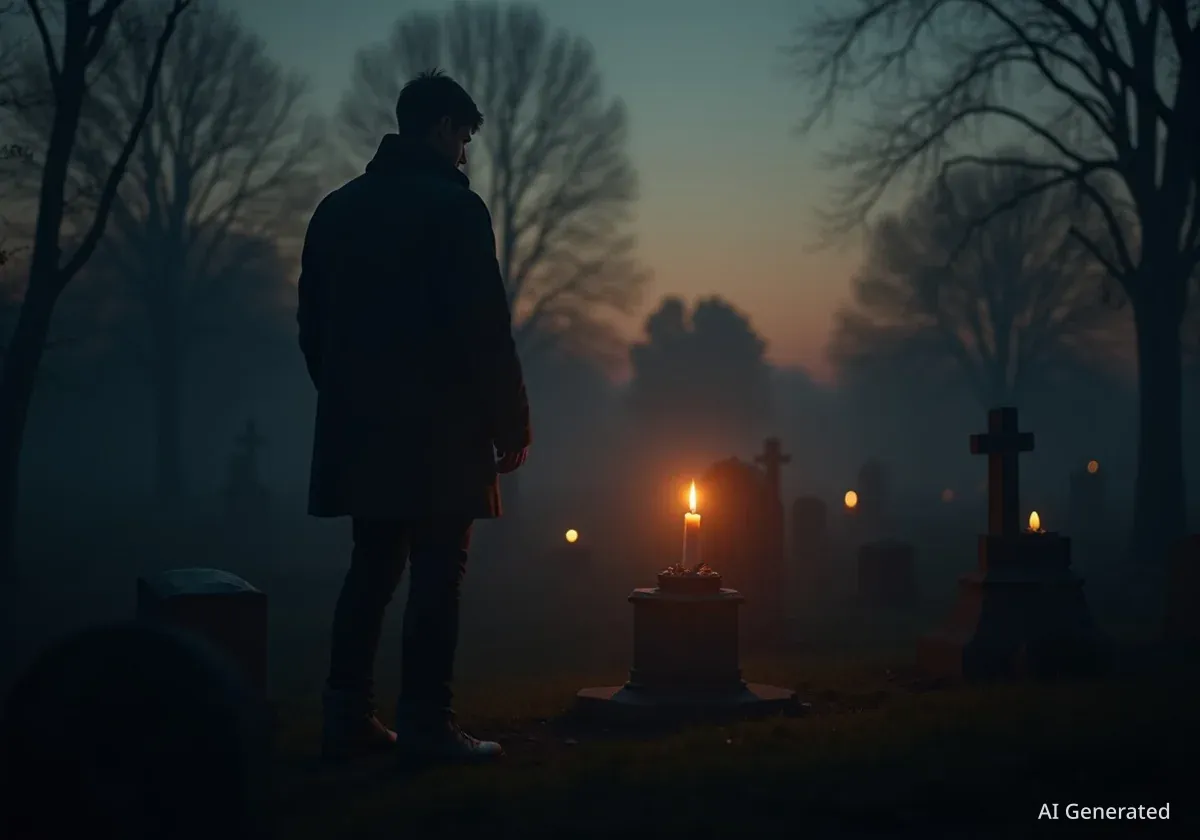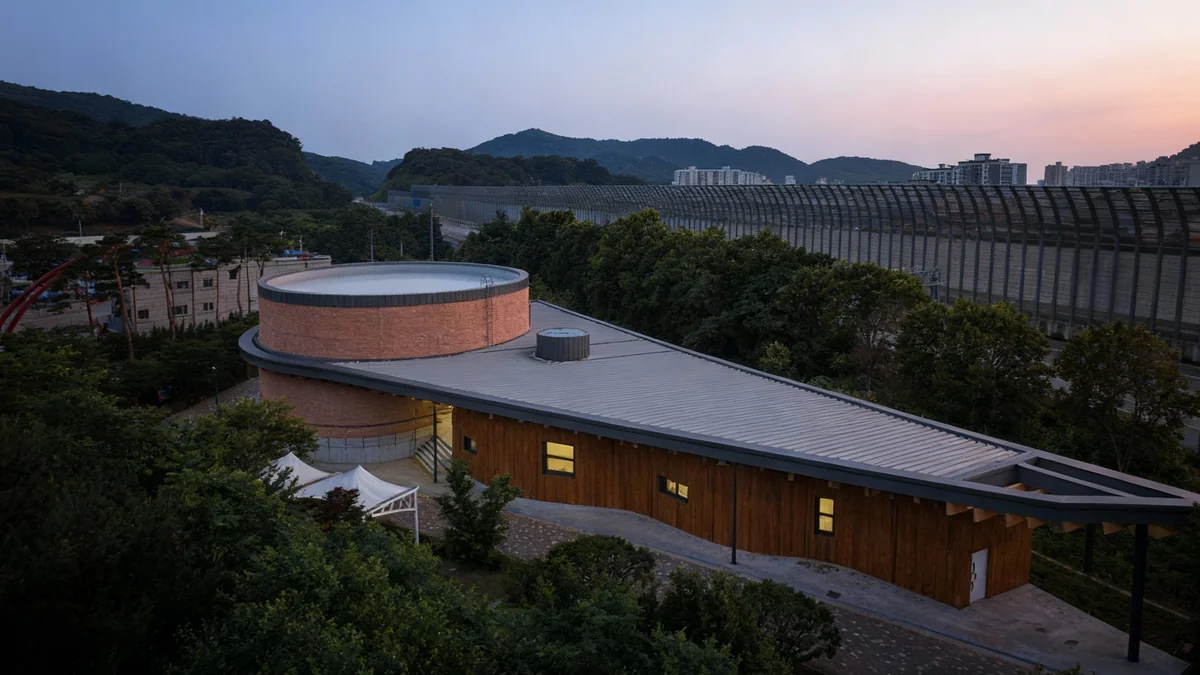Renowned American photographer Sally Mann has voiced strong concerns about a "new era of culture wars" following the removal of four of her photographs from the Modern Art Museum of Fort Worth in Texas. The incident, which occurred in January, involved law enforcement seizing the works after a conservative group accused the museum of displaying "child pornography."
Mann, whose art is featured in major institutions globally, described the event as "awful" and "shocking." A grand jury later declined to press charges against Mann or the museum, but the prints remained out of the exhibition and were eventually returned to her gallery. This action marks a significant and unprecedented event in recent U.S. art history.
Key Takeaways
- Photographer Sally Mann's works were seized from a Texas museum.
- A conservative group labeled the art as "child pornography."
- Mann believes this signals a "new era of culture wars" targeting art.
- The incident has no recent parallel in U.S. history.
- Mann expresses fear that her art could be seized again.
Art Seizure Incident at Fort Worth Museum
In December 2024, the Danbury Institute, a conservative Christian advocacy organization, sent an open letter to the Modern Art Museum of Fort Worth. The letter accused the museum of exhibiting "child pornography" and demanded the immediate removal of certain photographs by Sally Mann. This demand was supported by some local elected officials.
The group's statement asserted that "Children cannot consent to such photography, and displaying these images publicly only perpetuates their exploitation." They also claimed that such displays "degrade the values of our community, endanger the innocence of childhood and contribute to a dangerous cultural shift."
Fact Check
- The seized photographs are part of Mann's Immediate Family series.
- This series became a subject of controversy during the 1990s culture wars.
- Despite previous debates, her prints had never been removed from a public site until this year.
Following the accusations, police seized four of Mann's photographs from the museum walls in January. These works included images from her well-known Immediate Family series. The museum's director of communications, Kendal Smith Lake, stated that an "inquiry" had been made into the photographs, which "have been widely published and exhibited for more than 30 years in leading cultural institutions across the country and around the world." The museum declined further comment to NPR.
"Awful" and "shocking," Mann recalled about the seizure. "I'm risk-averse fundamentally. And more so now."
The Photographs in Question
Among the seized images were a photograph of her toddler daughter Virginia asleep on a bed she had wet, and another depicting a popsicle dripping on her son Emmett's lower body. Mann explained that the photograph of Emmett was a tribute to Edward Weston's 1925 work, "Torso of Neil," which also featured his son. Both works evoke classical sculpture in their style, a quality Mann refers to as "marmoreal." Weston's image, however, is cropped to exclude sensitive areas, unlike Mann's.
The Immediate Family series, which captures intimate moments of her children's lives, including nudity, has been a subject of discussion for decades. Mann has estimated taking over 4,000 shots for the series, with only about 60 ever printed or publicly displayed.
Broader Implications for Art and Censorship
While a grand jury did not bring charges against Mann or the museum, the incident has raised significant concerns within the art community. Amy Werbel, a professor of art history at the Fashion Institute of Technology, noted that the events mirror a period between 1873 and 1915. During that time, "police empowered by anti-obscenity statutes" frequently removed artwork from public spaces. Werbel highlighted that case law from that era later made it more challenging to prosecute curators.
Historical Context
A notable parallel is the 1990 obscenity trial concerning Robert Mapplethorpe's explicit photographs. The Cincinnati Contemporary Arts Center and its director were acquitted, and Mapplethorpe's prints were not censored. However, the Corcoran Gallery in Washington, D.C., canceled a planned exhibition of his work.
Mann believes that current events indicate a shift. "We're entering a new era of culture wars, I'm quite sure," she stated. She suggested that those pursuing these actions are more sophisticated and possess more tools, such as social media, to advance their agendas.
She predicts an increase in attacks on art by individuals who, in her view, may not fully comprehend the art they criticize but recognize its power. Mann pointed out historical examples of nudity in art, such as depictions of Jesus Christ or classical putti, suggesting a selective focus on child nudity as a "trigger" for some groups.
Potential Chilling Effect and Political Climate
The seizure of artwork from a public institution could have a "chilling" effect on other museums and artists, according to Mann. This concern is amplified by recent political rhetoric surrounding cultural institutions. The Trump administration has indicated plans to audit exhibitions and holdings at Smithsonian Institution museums.
In a social media post, former President Trump criticized "Museums throughout Washington" and "all over the Country" as being "the last remaining segment of 'WOKE.'" A White House official, speaking anonymously to NPR, stated that Trump "will start with the Smithsonian and then go from there."
Key Statements
- Former President Trump issued an executive order in March criticizing the Smithsonian for promoting "divisive, race-centered ideology."
- The order aimed to remove "divisive or partisan narratives" and "restore confidence in our shared cultural institutions."
Mann views these actions as deeply concerning. "They're not just reviewing the Smithsonian," she said. "They're actively rewriting history. And that's terrifying. This is Orwellian."
Lindsey Halligan, the lawyer leading the Smithsonian review for the White House, rejected Mann's characterization. Halligan told NPR that Trump's executive order seeks to "depoliticize our nation's museums and ensure the Smithsonian presents history with balance, integrity and openness." She added that "history is not being erased but shared more fully, free from partisan influence." Halligan also stated that Mann's photography should "never be in a federally funded institution like the Smithsonian," citing the Fort Worth controversy.
Artist's Reflection and Legacy
Despite her extensive body of work, which includes photographs of Civil War battlefields, corpses, and her husband's struggle with muscular dystrophy, Mann has faced the most significant backlash for her unvarnished depictions of everyday family life. These images capture moments from insect bites and bloody noses to wet beds.
"I don't want to be known as the controversial photographer," Mann said, reflecting on the ongoing debate surrounding her work.
Mann admits that she is unsure if she would make her Immediate Family series public today. Her photographs of her children are deeply intimate, showing them sometimes nude, in defiant or sublime poses, as they explore the isolated landscapes of her nearly 800-acre property in Virginia. This is the same region where Mann grew up and now lives with her husband of 55 years, Larry, and two rescued Belgian Malinois dogs.
Mann's Artistic Process
Mann is known for creating images that appear spontaneous despite using cumbersome antique large-format view cameras, which often require scenes to be staged. She does not aim for the crisp perfection often associated with large-format landscape photography. Instead, she embraces imperfections, using cracked lenses that radiate light and a Deardorff camera sourced from a dumpster.
She develops her own prints, often using an enlarger also retrieved from a dumpster. The resulting images are often described as dreamy and mysterious, evoking a sense of timelessness. "That's always been a motivation for me — to try and somehow meld loss and beauty and mystery and irony and memory and nostalgia and all that is rolled together in the South," Mann explained. "It has to be beautiful … because if we're going to persist as a species, we need beauty."
Wet-Plate Collodion Process
Mann also works with the wet-plate collodion process, a photographic technique dating back two centuries. This method involves coating a glass plate with a syrupy emulsion before exposure. Mann was an early practitioner in its modern revival, noting its increasing popularity.
Her new memoir, Art Work, is dedicated to her son Emmett, who passed away at age 36 after a struggle with schizophrenia. The book offers practical advice for budding artists, covering topics like luck, self-editing, and rejection. Mann emphasizes the importance of persistence, stating that it took her 20 years to gain major recognition. "You have to be prepared to do work in obscurity," she advises. "Early success can be really, really dangerous."
She encourages artists to trust in the quality of their work: "If it's good enough work, irrespective of how many rejections you've had … it will be received. It will be seen eventually."
Future of Mann's Work and Institutions
As Mann, now 74, focuses on new series exploring the James River and Point Comfort, where the first enslaved people arrived in 1619, her work continues to evolve. Her recent images are more experimental, including an accidental solarization during development that created a surreal streak of light, an effect she now tries to replicate.
Despite her international acclaim and upcoming exhibitions in Asia, South America, and at the Gagosian Gallery, the recent events have cast a shadow over her future plans. Mann is reconsidering her intention to donate her estate to the Virginia Museum of Fine Arts because it receives public funding.
"The ripples of this new regime are far-reaching, even reached to little old me. I don't know what to do," she said. "Even if they held them and took perfect care of them and the prints themselves weren't at any risk, the funding for the museum might be at risk." This uncertainty highlights the broader impact of cultural disputes on artistic legacies and institutions that rely on public support.




